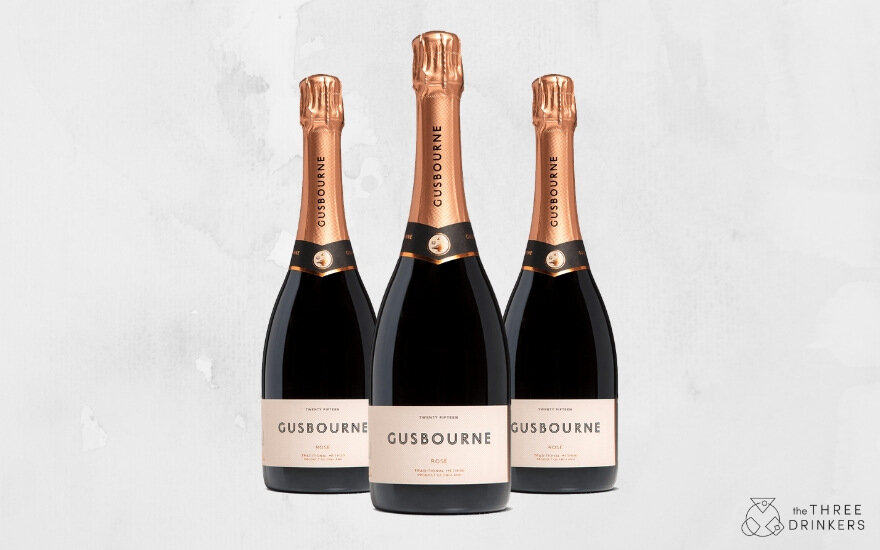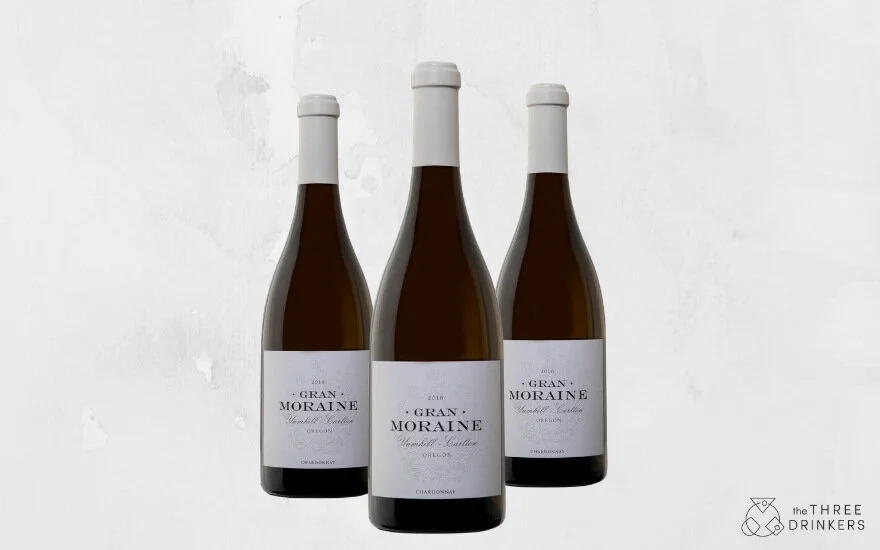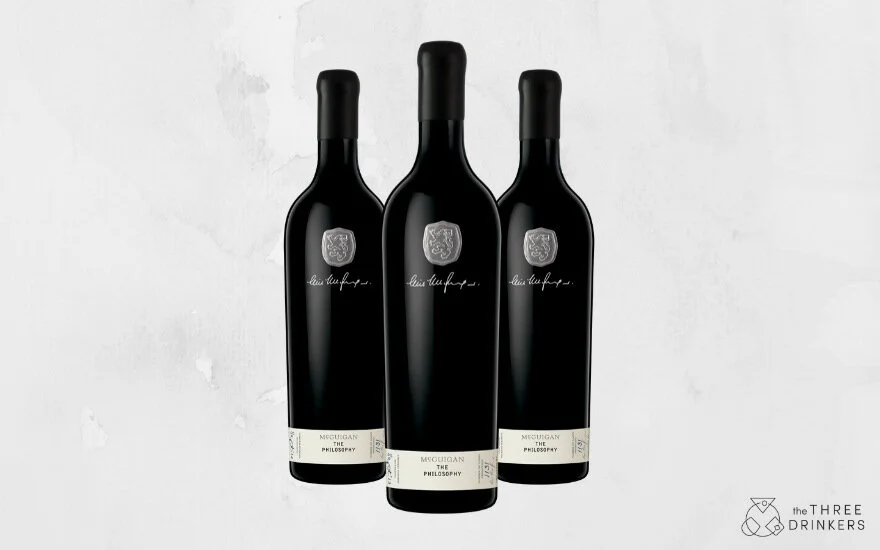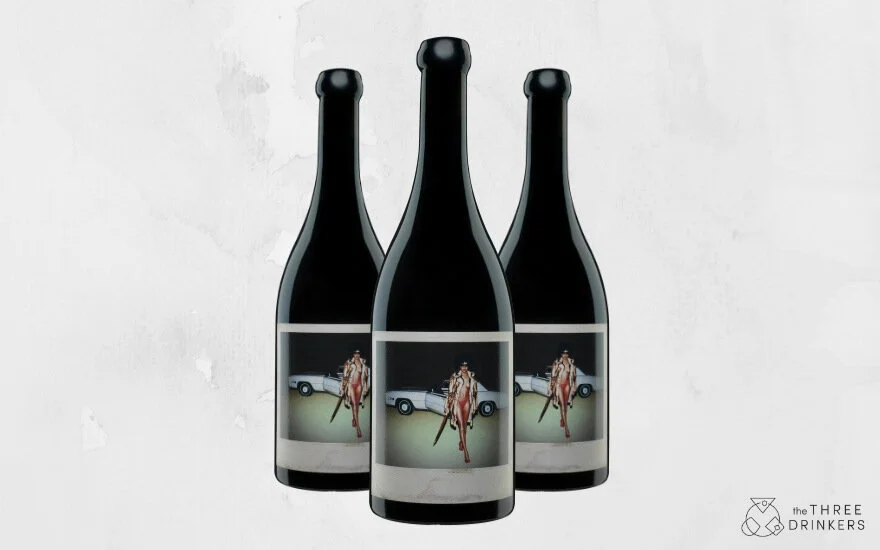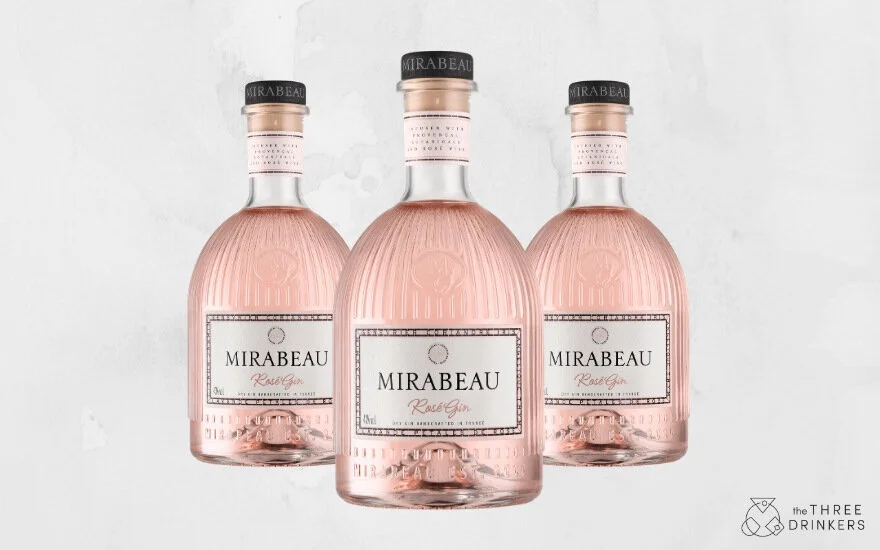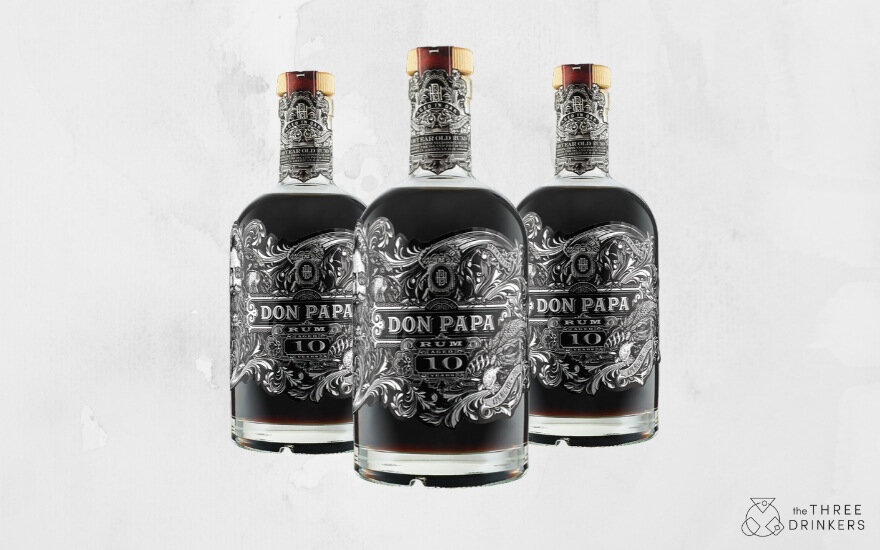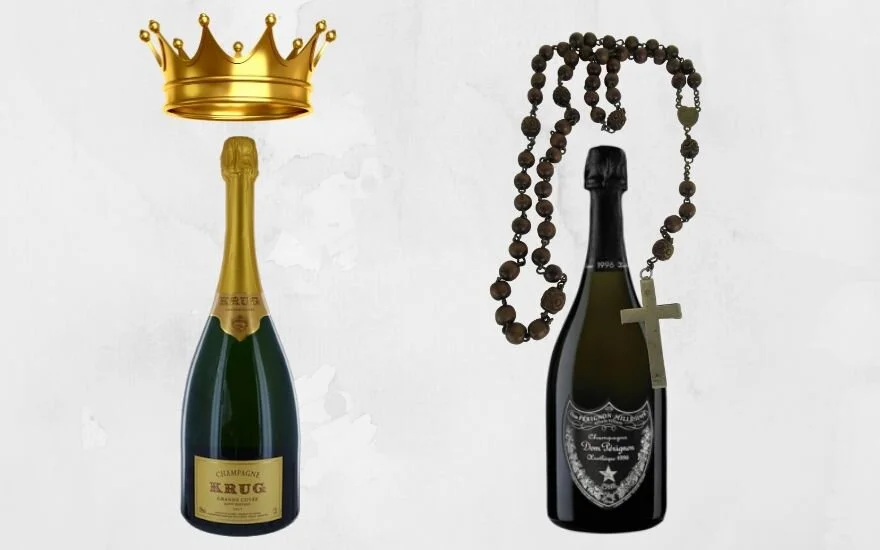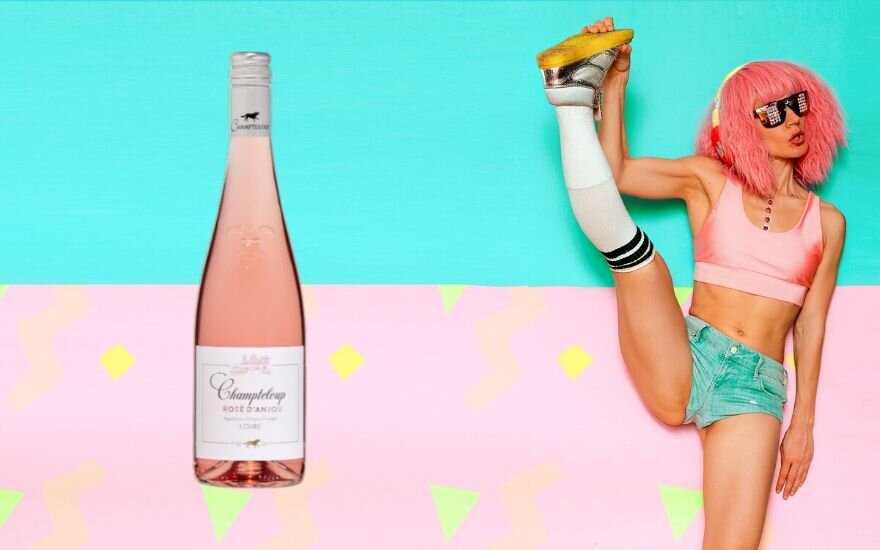Today was a proud day. Helena got to write for the nation’s most popular newspaper: The Sun. And what better subject could there be than wine to go with your isolation diet? Here’s a version of what she wrote where you’ll discover the perfect wine matches for everything from curry pot noodle to cereal.
You’re welcome.
Egg and Chips
Wine: Exquisite Vintage Cava, £6.49, Aldi
Bubbles with eggs is the ultimate posh brunch, so channel the Windsors as you get stuck into eggs and chips with cava. Forget prosecco; it’s too sweet for this. Cava however is affordable, Spanish fizz made just like champagne but with different, local grapes. Cool bubbles will freshen everything up and its savoury, toasty notes will stand up to the chips.
Curry Pot Noodle
Wine: Freeman’s Bay, New Zealand Pinot Gris, £5.99, Aldi
For maximum experience with minimum effort, match your curry Pot Noodle to the perfect vino. You’ll need a refreshing white wine with bags of ripe fruit to balance the mild spice and not get lost against the sauce. Pinot Gris is the grape for this - one from the New World will give the most fruit, such as this stunner from New Zealand.
Beans on Toast
Casillero del Diablo, Merlot, £6.50 on offer, Sainsbury's
Believe it or not, there’s a brilliant wine match for baked beans and it’s juicy, soft and red. Merlot is the Frank Sinatra of wine, thanks to its luscious, velvety tones, especially when from a place with lots of sun. Chilean Merlot is what you need both texture and flavour-wise here and this old favourite will see you right. Beanz Meanz Merlot.
Spag Bol
Wine: Exquisite Malbec, £5.99, Aldi
There’s one wine grape that loves beef more than anything: Argentinian Malbec. Smooth, silky and sophisticated, but also, ballsy with ripe blueberry fruit and milk chocolate notes. It’s what you want when you’ve made the effort to cook and will give boom to your bolognaise! Even if you’re still in your dressing gown...
Pepperoni Pizza
Wine: Terre Siciliane ‘Appassite’, £7.99, Lidl
Hot spice is normally a tricky match with wine but naturally, the Italians have the answer. This wine is made in a special style called ‘appassimento’ with partly dried grapes, which gives it more body and tang but also, crucially, ripe cherry sweetness - the perfect foil for hot pepperoni.
Fried Chicken
Wine: McGuigan Estate Chardonnay £5.10, Sainsbury’s
Chicken loves the Chardonnay grape and fried chicken practically begs for it! You’ll need bold, tropical notes and a splash of crisp citrus to pep it all up and make the batter sing. This perfectly balanced Aussie Chardonnay is such good value that you’ll be singing too.
Bowl of cereal
Wine: Côtes du Rhône Blanc, Les Dauphins, £6.50 down from £8, Tesco.
Let’s just say it’s 5pm and you’re still in your PJs looking for a snack rather than breakfast, yes? We’ve all done it. With non-sugary cereals like cornflakes or rice crispies, you’ll want something white, dry and weighty, preferably with some earthy flavours. The French white grapes Grenache blanc and Marsanne are ideal here and this bottle really looks the part. If you replace the milk with wine, I won’t tell...
Jacket Potato with Cheese
Wine: The Fire Tree, Sicilian Fiano, £4.49, Aldi
A simple, comforting dish like this needs a simple, comforting white wine. You can’t go wrong with Fiano. This southern Italian white grape is never expensive and is hard not to love with its sunshine character. It’s all about passion fruit, orange and lemons with a refreshing zing. Just what you need to brighten up your cheesy jacket.
Banana and Custard Dessert
Wine: Semillon £6 half bottle, Tesco
Sweet treats need sweet wines or whatever’s in your glass will taste metallic. This Semillon could be a pud in itself with its gloriously unctuous, honeyed apricot notes. If you’ve had Sauternes, this style is similar but a fraction of the price and it’ll make your banana go bang!
Tomato Soup (tinned)
Wine: Chianti £6.99 Lidl
Tomatoes are one of the hardest things to match with wine, so once again, we look to the Italians. The Tuscan grape Sangiovese (the grape in chianti) is used with so many Italian tomato dishes thanks to its sour cherry, balsamic and fresh herb flavours. With cooked, creamy tomatoes like a tinned soup, you’ll want something with a bit of age on it. This Chianti riserva is just the ticket.



